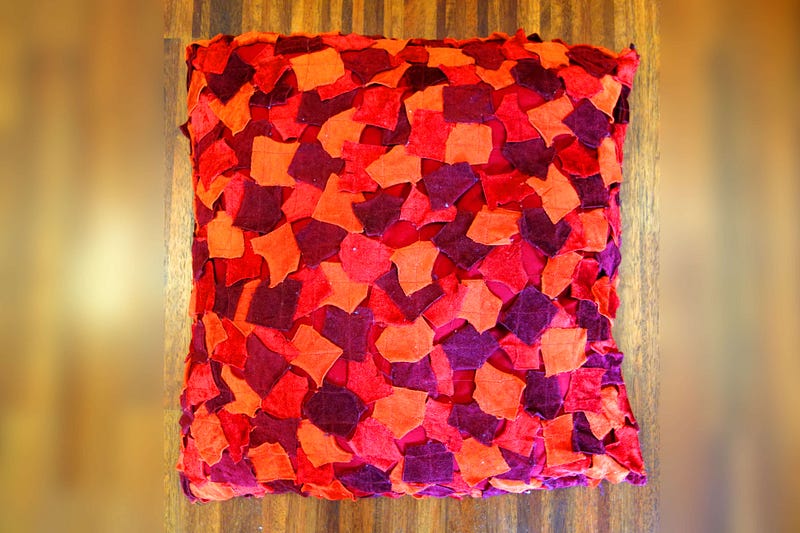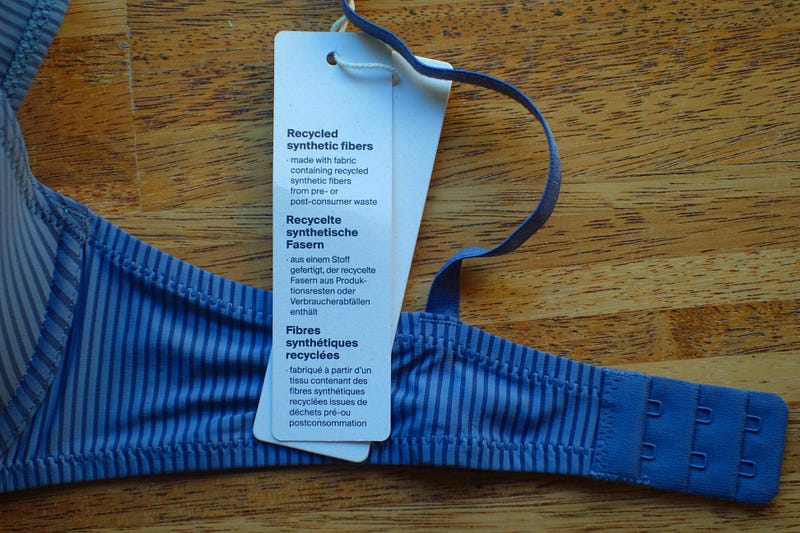Innovative Methods for Recycling Old Clothes and Reducing Waste
Written on
The Environmental Impact of the Fashion Industry
The fashion sector significantly contributes to environmental challenges, accounting for over 8% of global greenhouse gas emissions and 20% of annual wastewater production. Fast fashion, characterized by the rapid production of inexpensive garments, exacerbates these issues by consuming vast natural resources, such as fossil fuels and cotton. Once trends fade, many clothes are discarded, often ending up in landfills or incinerated. Alarmingly, less than 1% of these materials are repurposed into new clothing, leading to a substantial loss of valuable resources.
To mitigate these impacts, it’s crucial to reduce clothing production and extend the lifespan of fabrics through recycling. Recycling not only allows for the reuse of materials but also lowers costs, as a significant portion of clothing production expenses is tied to fabric.
Recycling Techniques
Reusing
The simplest form of recycling involves using fabric in its original state to create new items. This method requires minimal effort. For instance, fabric scraps can be transformed into a pillowcase by cutting them into squares, placing them between layers of interfacing, stitching a grid pattern, and washing away the interfacing.

Respinning
Another technique is mechanical recycling, which involves breaking down fabric fibers, applicable to materials like polyester, nylon, cotton, and wool. However, this method is effective only when a single type of fabric is used. The mechanical recycling process entails several steps:
Collecting, separating, and cleaning scraps to ensure purity.
- Shredding and grinding the fabric into smaller pieces.
- Melting or disentangling the smaller pieces to form new fibers for fabric manufacturing.
Mechanical recycling can be classified into two categories: open-loop and closed-loop recycling. Open-loop recycling generates different products from recycled materials, such as insulation for buildings. Here's a video showing how old jeans are repurposed as insulation materials:
Conversely, closed-loop recycling allows for the creation of new threads from recycled fibers, which can be woven into new garments. This process can be repeated indefinitely. Watch this video to see how recycled clothes are transformed back into new clothing:
While mechanical recycling can shorten textile fibers, leading to lower quality, combining recycled fibers with new materials can enhance durability.
Reconversing
Chemical recycling, or reconversing, involves breaking down fibers to their molecular structure. This allows for the creation of new materials from the original textiles. Various methods include:
Glycolysis, which uses an ethylene glycol solution to decompose polyethylene fibers under pressure.
- Pyrolysis and gasification, which convert textile molecules into smaller components at high temperatures without oxygen, yielding various raw materials.
- Hydrothermal processing, which transforms textiles into powder using water and organic acids.
- Enzymatic hydrolysis, a biological method that utilizes microorganisms to recycle organic materials like cotton.
This video explains how enzymatic hydrolysis works:
Burning
The least favorable recycling method is incineration, as it results in the loss of valuable resources and contributes to pollution. However, the heat generated can be harnessed for energy, such as heating buildings or generating electricity.
Conclusion
Clothes can be recycled through various methods: reusing the fabric, mechanically respinning, chemically reconversing, or burning for energy.
Practical Steps for Textile Recycling
To support textile recycling, consider these actions:
Donate old clothes to recycling facilities or thrift shops.
Invest in high-quality, durable clothing.
Repair garments instead of discarding them.
Opt for second-hand items.
Repurpose scraps into new products.
Conserve resources by washing clothes inside out and avoiding unnecessary purchases.

Do you have any other ideas for promoting textile recycling? Please share your suggestions in the comments!
Credit
This article draws from the research of Damayanti, Wulandari, Bagaskoro, Rianjanu, and Wu (2021), Patti, Cicala, and Acierno (2020), and Xie et al. (2021).
